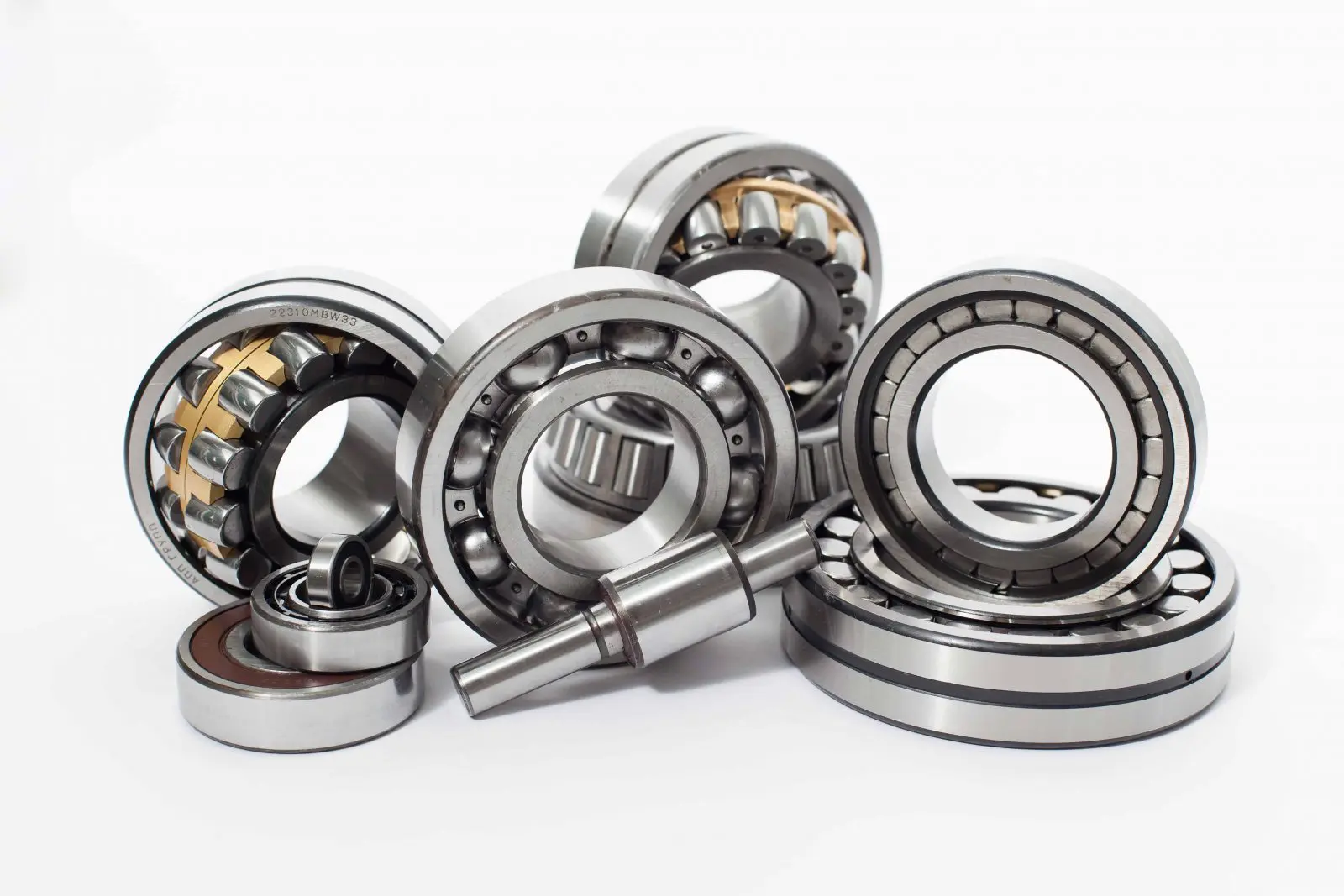Automotive Bearing Market Trends in Lightweight and High-Precision Materials

The automotive bearing market is rapidly evolving, driven by the global demand for lighter, more efficient, and high-performance vehicles. As the automotive industry focuses on fuel efficiency, emission reduction, and electrification, the need for lightweight bearings and high-precision materials has emerged as a defining trend. These advanced bearing solutions not only support the shift toward sustainability but also improve vehicle performance, durability, and energy consumption.
Rise of Lightweight Materials in Automotive Bearings
To reduce vehicle weight and enhance energy efficiency, automotive manufacturers are increasingly adopting lightweight materials for bearings, such as aluminum alloys, engineered plastics, and composite materials.
-
These materials significantly lower the weight of components without compromising strength and load-bearing capacity.
-
In electric vehicles, where every gram matters for battery efficiency, lightweight automotive bearings help extend driving range and reduce overall energy loss.
-
Additionally, lightweight bearings contribute to faster acceleration, better handling, and lower emissions in both ICE and EV platforms.
Adoption of High-Precision Materials for Enhanced Durability
High-precision bearings are essential for applications that require tight tolerances, minimal friction, and high-speed performance—especially in transmissions, turbochargers, e-motors, and wheel hubs.
-
Materials such as ceramic hybrids, hardened steel, and coated surfaces are being integrated to boost performance, extend service life, and withstand extreme operating conditions.
-
These precision materials reduce wear and tear, lower maintenance needs, and enable smoother rotational movement, which is critical in autonomous vehicles and advanced driver-assistance systems (ADAS).
-
As a result, demand for high-precision components is surging in the premium vehicle and commercial vehicle segments.
Growing Need in Electric and Hybrid Vehicles
The shift to electric and hybrid powertrains has added new demands on bearings, particularly in terms of speed, heat resistance, and insulation.
-
Bearings used in EV motors must support high RPMs and resist electric current-induced damage.
-
Insulated ceramic bearings and specialty lubricants are being developed to meet these specific performance requirements.
-
These materials enable higher energy efficiency and reduce noise and vibration—essential features in EV powertrain bearings.
Innovation in Coatings and Surface Treatments
To complement material advancements, surface engineering technologies such as low-friction coatings, PTFE linings, and plasma nitriding are increasingly used in modern automotive bearings.
-
These treatments enhance wear resistance, reduce energy losses, and improve performance under varying loads and speeds.
-
Coated bearing surfaces are especially important in turbochargers and engines, where operating temperatures and speeds are extreme.
Conclusion
As the automotive landscape continues to evolve toward lighter, smarter, and greener vehicles, the automotive bearing market is witnessing a transformation driven by lightweight and high-precision materials. For OEMs, component suppliers, and automotive product engineers, staying ahead of these material innovations is essential for meeting industry standards and consumer expectations. Embracing these trends not only helps in achieving regulatory compliance but also provides a strategic edge in delivering next-generation vehicle solutions.
- Art
- Causes
- Crafts
- Dance
- Drinks
- Film
- Fitness
- Food
- Jogos
- Gardening
- Health
- Início
- Literature
- Music
- Networking
- Outro
- Party
- Religion
- Shopping
- Sports
- Theater
- Wellness
- Politics
- IT
- Relationship
- Blockchain
- NFT
- Crypto
- Fintech
- Automobile
- Faith
- Family
- Animals
- Travel
- Pets
- Coding
- Comedy
- Movie
- Jogo
- Computer



